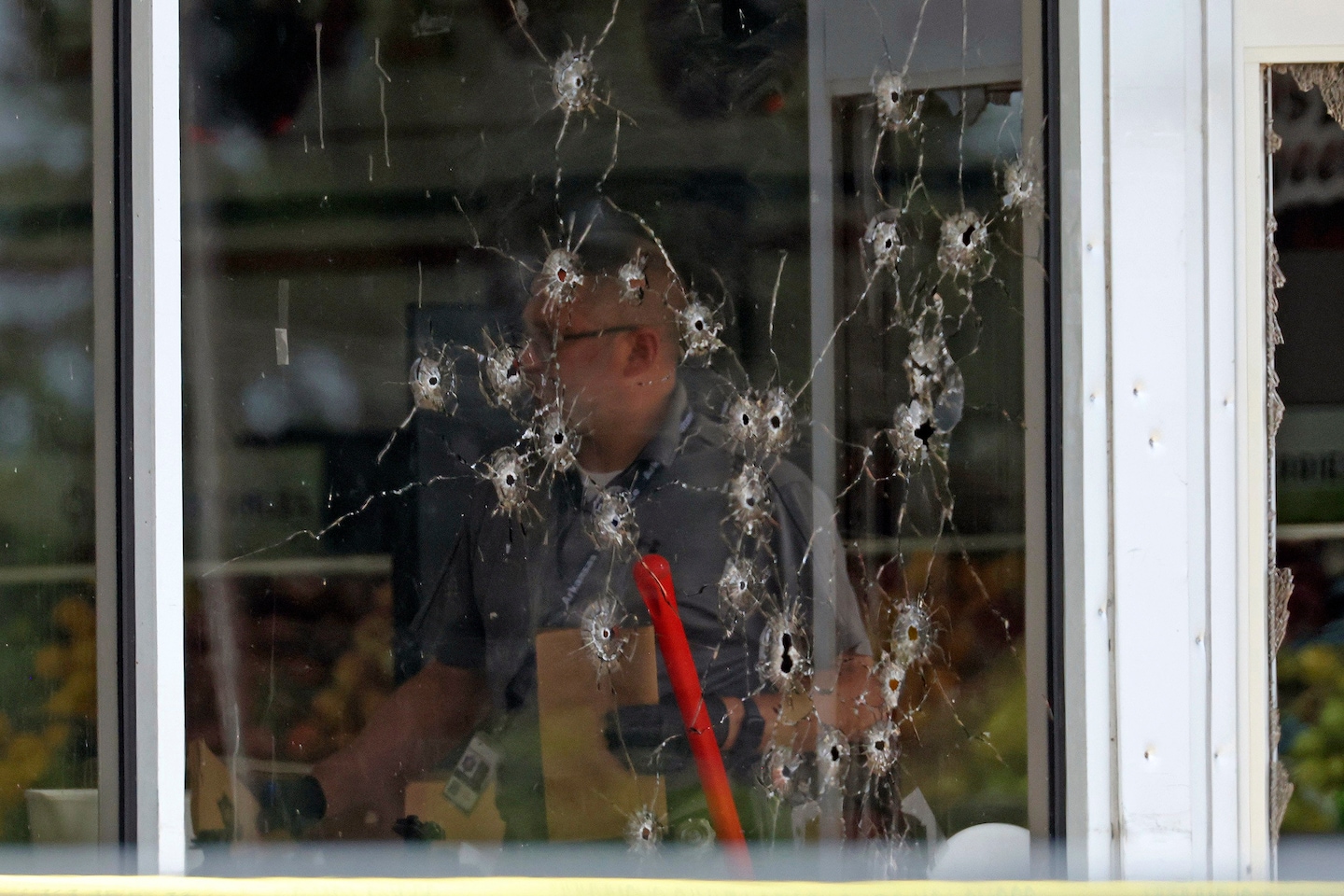Overall, deaths caused by guns rose to a three-decade high in 2021, driven by increases in homicides and suicides, the advisory says. In 2022, more than half of all gun deaths were from suicide, while 40 percent of firearms deaths were homicides.
“I want people to understand the full impact of firearm violence in our country, and I want them to see it as a public health issue,” Murthy said in an interview. “I know it’s been polarizing and I know it’s been politicized, but if we can see it as a public health issue, we can come together and implement a public health solution.”
As of 2020, firearm-related injuries had become the leading cause of death for children and adolescents ages 1 to 19 in the United States. Gun-related deaths for youths exceed those from vehicular accidents, cancer and heart disease.
Murthy said one of the reasons for the advisory is the rising number of mass shootings in the past decade, which he says has significant implications for mental health and the well-being of the country.
Gun violence deaths are a uniquely American phenomenon. In 2015, data from the federal Centers for Disease Control and Prevention and the World Health Organization showed that the United States had a firearm-related death rate 11.4 times higher than 28 other high-income nations. The disparity is even greater for the young: U.S. children up to age 14 accounted for 90 percent of all firearm-related injuries in that age group across the 29 countries in the study.
“We’re clearly the outlier and not in a good way,” Murthy said. “There are parents who are worried about dropping their kids off at school because of school shootings.”
Despite the number of gun-related deaths in the United States, legislative efforts often impede implementation of stricter gun restrictions, the surgeon general’s advisory says, perpetuating loose regulations that contribute to the prevalence of mass shootings. Some research shows mass shootings are more likely to happen in states with looser gun laws, according to an analysis by the Harvard T.H. Chan School of Public Health.
The report also highlights the effect of mass shooting deaths, which account for about 1 percent of all gun-related deaths, but the frequency of mass shooting incidents is increasing. Mass homicide events, which the advisory defines as four or more victims in addition to the perpetrator, affect a higher proportion of women, White people and children compared with other homicides.
The surgeon general’s advisory says high-schoolers exposed to school shootings are 20 percent more likely to steer clear of school because of safety concerns compared with peers not exposed to shootings.
“I remember meeting with a group of high school students telling me that when they go for walks in their neighborhood, they hear gunshots all the time, and it makes them worry about walking in their own neighborhoods,” Murthy said.
Health insurance claims from 2007 to 2021 revealed that youths from birth to 19 who were injured by a gun experienced a 117 percent increase in pain disorders and a 68 percent increase in psychiatric disorders compared with youths not injured by gun violence.
The scourge of gun violence is not shared equally. The report cites a nationwide study conducted in 2019 at Northwestern University, which found that firearm homicides and poverty are intertwined, with rates of gun deaths 27 percent higher among residents living in poverty.
Murthy said he worries that the public does not appreciate the psychological trauma inflicted by pervasive gun violence.
There are “people who witness these events, or family members who suffer the loss of a loved one,” Murthy said. “All of them experience negative mental health outcomes.”
Black people in America face the highest risk of gun-related deaths at a rate of 27 per 100,000 compared with 6.2 for all other racial and ethnic groups combined. White people ages 45 and older have the highest rates of gun suicide at 14.8 per 100,000, while for those under age 45, American Indians or Alaska Natives have the highest rates of gun suicide at 12.3 per 100,000. Veterans also have significantly increased rates of suicide by gun.
The report calls for a public health approach to reducing firearm violence. The advisory advocates for increased funding of gun violence research to inform prevention strategies, which include community violence interventions. These interventions involve “credible messengers and practitioners” who prevent violent conflict by disseminating resources within communities, including health-care and employment services, according to the surgeon general’s advisory.
The report argues for measures that put more space between firearms and people at risk of hurting themselves or those around them, including laws meant to prevent children from accessing guns, mandatory universal background checks for firearm transactions — including those given as gifts — and a ban on civilian use of assault weapons.
“We’ve taken on difficult public health challenges that were complicated … and by taking a thoughtful scientific public health approach, we were able to make real progress,” Murthy said.
#U.S #surgeon #general #declares #firearm #violence #public #health #crisis,
#U.S #surgeon #general #declares #firearm #violence #public #health #crisis
